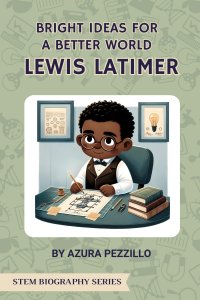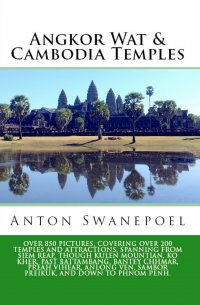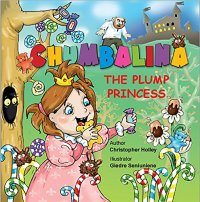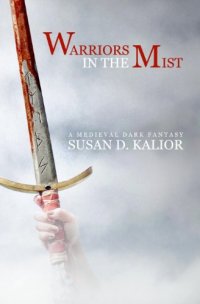A full-color picture book biography about Lewis Latimer, the African American inventor and engineer who also helped improve inventions, especially the lightbulb!
How did a boy with limited resources and a curious mind change the world? Meet Lewis Latimer, the inventor who made train journeys more comfortable and brought brighter light to our homes! In Bright Ideas for a Better World – Lewis Latimer, readers ages 4 to 8 discover the amazing story of this unsung hero of invention.
Lewis started his journey surrounded by the blueprints and ideas of others, and his own inventions soon followed! His biggest breakthrough came when he joined forces with Thomas Edison to make better lightbulbs.
The Bright Ideas Biography series celebrates real-life inventors who dreamed big and changed the world. With age-appropriate vocabulary, detailed illustrations, and a glossary, these books are perfect for curious young minds!Age-appropriate vocabulary, detailed illustrations, and a glossary all support foundational learning for kids ages 4 to 8.Perfect for beginner readers or as a read-aloud nonfiction picture book!
About Bright Ideas STEM Biography books and Preschool Practice Press
Bright Ideas For A Better World – Lewis Latimer is part of a set of four books in the Bright Ideas STEM Biography series that introduces pioneers of science to young children and makes career connections in different STEM fields. The other titles in this series include Bright Ideas About Sun Power – Maria Telkes, Bright Ideas About Electricity – Nikola Tesla, and Bright Ideas about Inventions – Thomas Edison.
Preschool Practice Press books in the Bright Ideas STEM Biography series bring real-world figures to life through fun, engaging narratives paired with dynamic, brightly colored illustrations that reinforce foundational learning. Curious children are encouraged to expand their perceptions of the roles of scientist, engineer, inventor, and innovator by understanding their challenges and triumphs. Preschool Practice’s unique approach simultaneously grounds kids in factual knowledge while allowing them the space to be curious, creative, and critical thinkers.












